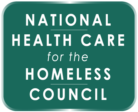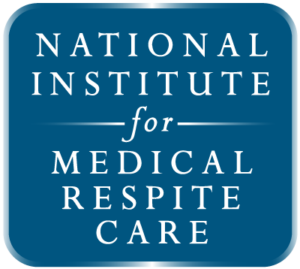In Focus: HIV/AIDS among Persons Experiencing Homelessness (2012)
This issue of In Focus provides a synthesis of recent literature on HIV/AIDS among persons experiencing homelessness in the United States. Special attention is given to literature on HIV risk behaviors, predictors of HIV testing utilization, and promising HIV testing strategies for both youth and adult populations experiencing homelessness. Download Newsletter (PDF)
In Focus: HIV/AIDS among Persons Experiencing Homelessness (2012) Read More >>

